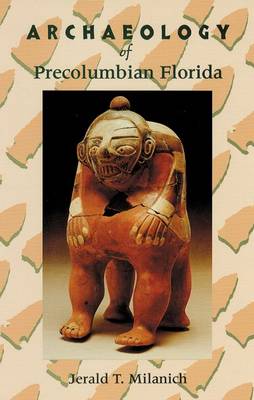This record of pre-Columbian Florida relates the 12,000-year story of the native peoples who inhabited the state. Using information gathered by archaeological investigations, many carried out since 1980, Jerald Milanich describes the indigenous cultures and explains why they developed as they did. Milanich introduces the material heritage of the first This record of pre-Columbian Florida relates the 12,000-year story of the native peoples who inhabited the state. Using information gathered by archaeological investigations, many carried out since 1980, Jerald Milanich describes the indigenous cultures and explains why they developed as they did. Milanich introduces the material heritage of the first Floridi ans through the interpretation of artifacts and archaeological sites. Weaving together discoveries from such sites as the Lake Jackson mounds near Tallahassee, Crystal River on the Gulf Coast and Granada on the Miami River, he relates the long histories of the native groups whose descendents were decimated during the European conquest of the 16th and 17th centuries. Milanich begins with an overview of the history of archaeology in Florida.
He then describes the earliest aboriginal cultures: the Paleoindians and the people of the Archaic period. The later, regional cultures (Weeden Island, Fort Walton, Glades, Caloosahatchee and many others are correlated with geographical and environmental regions and then compared to provide insights about the nature of chiefdom societies, the effects of wetlands on pre-Columbian settlement systems and the environmental history of the state. Maps and illustrations document this history of archaeological research in Florida and of the sites and artifacts (including Weeden Island pottery vessels and Belle Glade wooden carvings) left behind by the pre-Columbian people.
- ISBN10 0813012724
- ISBN13 9780813012728
- Publish Date 1 February 1994
- Publish Status Active
- Publish Country US
- Imprint University Press of Florida
- Format Hardcover
- Pages 496
- Language English
